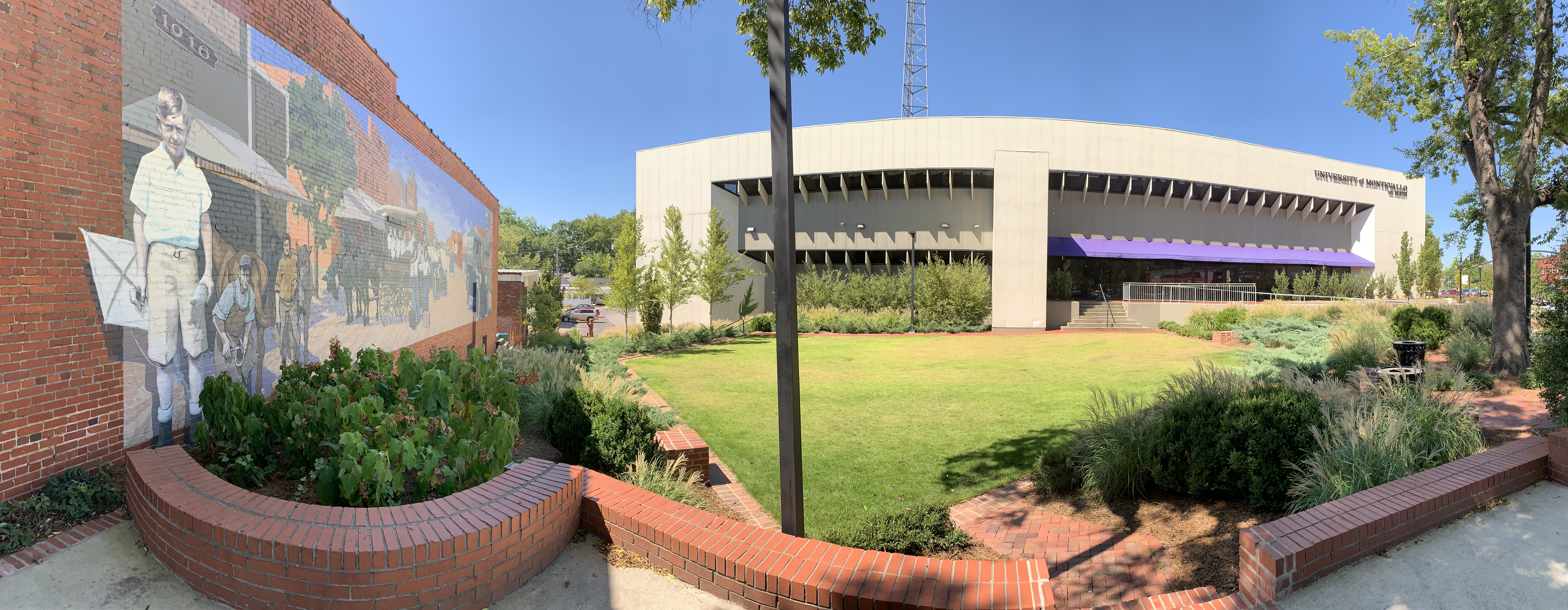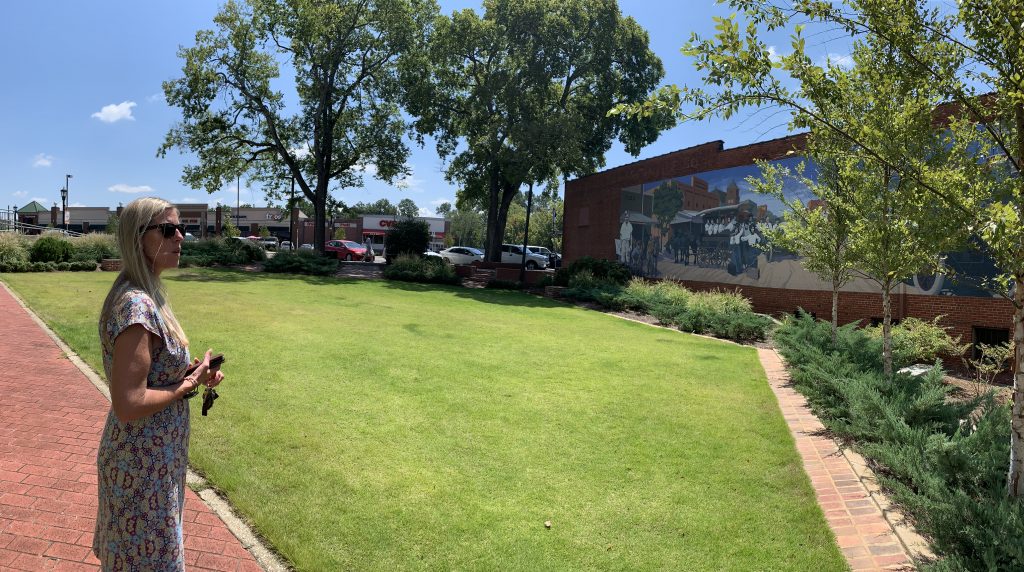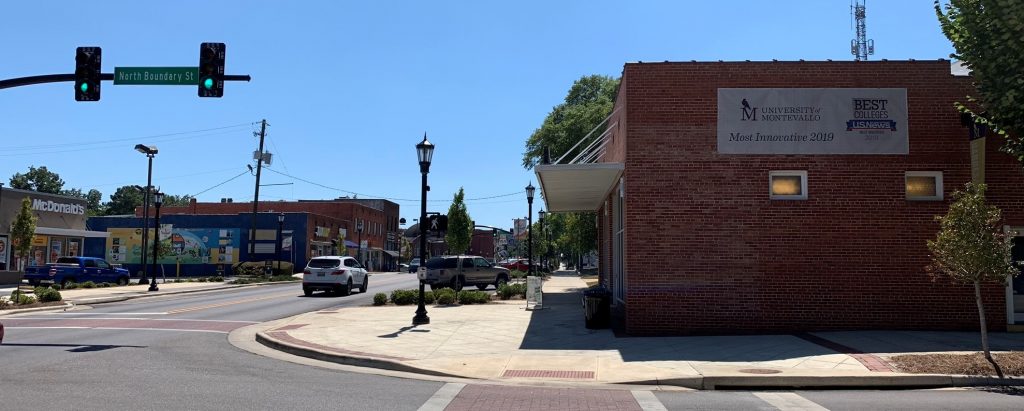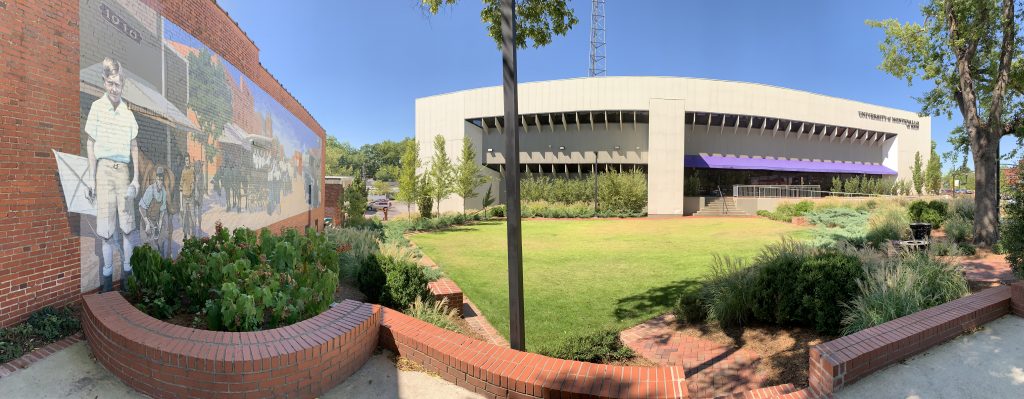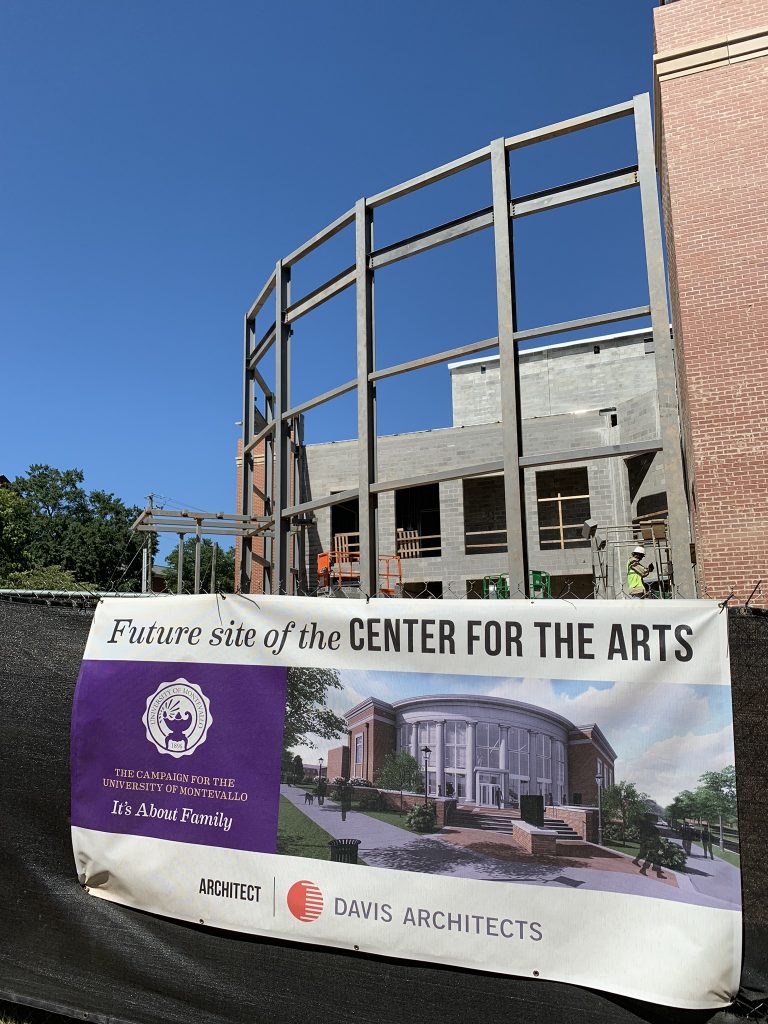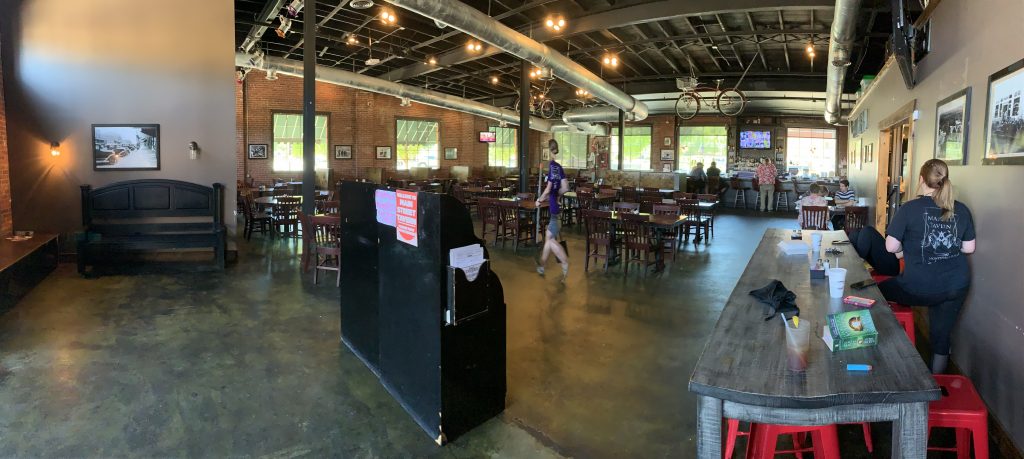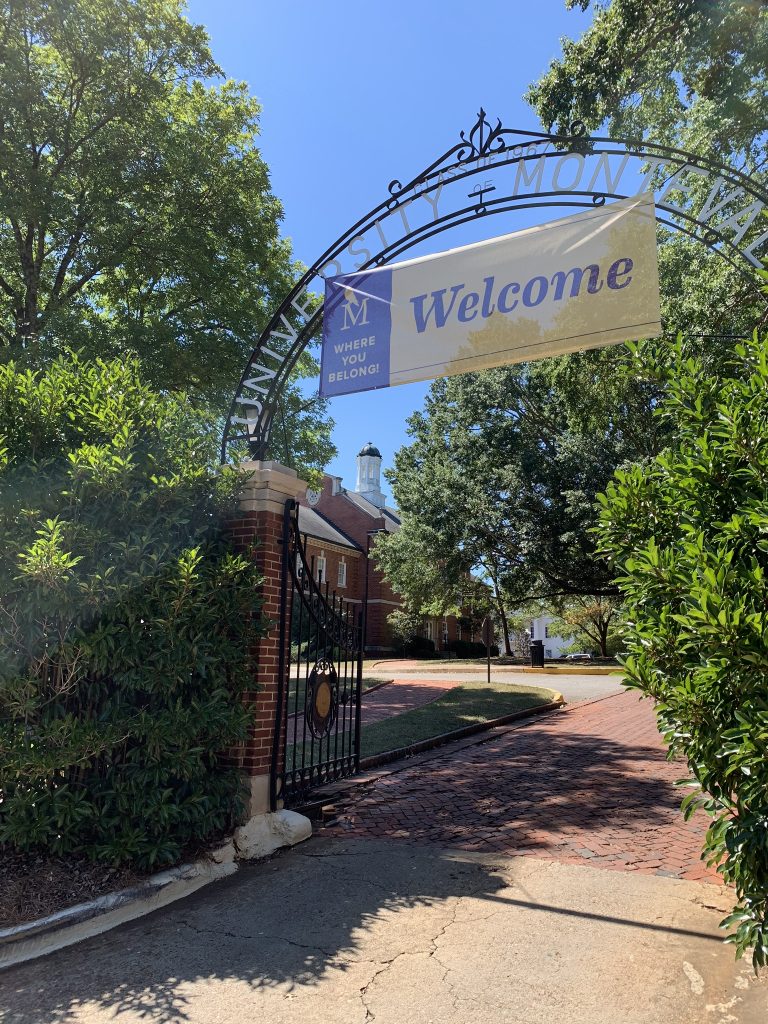
In 2012, the Alabama State Board of Education adopted Plan 2020, which embraced a vision for the state education system led by the motto: “Every child a graduate. Every graduate prepared.” The plan called for raising Alabama’s high school graduation rate to 90 percent, while at the same time producing graduates who are better prepared for college and the workplace. Since that time, significant progress occurred in raising the graduation rate from 72 percent in 2011 to 90 percent in 2018.
While the high graduation rate is laudable, state education leaders have raised concerns about the gap between the percent graduating and the percent prepared for college or work. The other half of the motto — “Every graduate prepared” — came under question.
The following chart shows Alabama high schools are closing the gap between the percentage of students graduating and the percentage of seniors demonstrating they are ready for college and the workforce.

According to yet-to-be finalized data from the Alabama State Department of Education, significant progress has been made over the past three years. Final and complete data are expected to be published later this year:
- In 2016, Alabama graduated 87 percent of its students, though only 66 percent were college and career ready.
- In 2017, the gap closed, with 89 percent graduating and 71 percent college and career ready.
- In 2018, improvement continued with 90 percent graduating and 75 percent college and career ready.
Though the gap is still large, it is improving.
Continuing to close that gap is vital. The state has a goal of adding 500,000 highly-skilled workers to the workforce by 2025. To meet that goal, virtually all high school graduates will need to be prepared for education beyond high school or prepared to enter the workforce directly after high school.
The 2018 CCR data shows:
- Career Technical Education (CTE) certificates are the fastest-growing means for classifying students as college and career ready.
- Qualifying scores on the ACT and WorkKeys assessments are the two most common measures used to classify students as college and career ready.
- Systems and schools leverage different strategies for preparing students – reflecting varying strengths, resources, and goals for education.
- Some systems are very strong in particular areas and weak in others, which may not meet the needs of all students.
- Disparities in performance exist across schools and student subgroups that may go beyond poverty.
Alabama’s College and Career Readiness Measure
The Alabama College and Career Strategic Plan (a component of Plan 2020) articulated a vision in which all Alabama students graduate high school college and career ready. The plan
“…a high school graduate [that] has the English and mathematics knowledge and skills necessary to either (1) qualify for and succeed in entry-level, credit-bearing college courses without the need for remedial coursework, or (2) qualify for and succeed in the postsecondary job training and/or education necessary for their chosen career (i.e. technical/vocational program, community college, apprenticeship or significant on-the-job training).”
High school graduates are classified as college and
- Score college ready in at least one subject on the ACT
- Score at the silver level or above on the WorkKeys Assessment
- Earn a passing score on an Advanced Placement or International Baccalaureate Exam (college-level courses delivered in high schools)
- Successfully earn a Career Technical Education credential
- Earn dual enrollment credit at a college or university
- Successfully enlist in the military
Some of these measures are more aligned with college preparation and others with career preparation.
The state now provides data on the overall CCR rate and data on the individual metrics that create the measure. Detailed analysis is found in the interactive charts below, which allow users to explore college and career readiness percentages for high school seniors in 2018 at the state, school system, and high school level.
Graduation and CCR Rates
The first chart shows the percentage of students graduating, followed by the percentage of seniors who are college and career ready, followed by the percentage achieving readiness on the various performance measures that compose the CCR rate. While preset for the state in 2018, the filters can be used to produce the same chart for individual school systems in 2017.
Statewide, the percentage of seniors testing “ready” is highest for the WorkKeys assessment, followed closely by ACT. Those are the two main channels through which a CCR rating is achieved, though a growing number of students are deemed CCR by earning a credential in a Career Technical Education (CTE) field. Earning college credit or a qualifying score on
Graduation – CCR Gap by Local System
Chart 2 shows the graduation rate, CCR rate, and gap between these two rates in each system. They are listed in the order of CCR rate from highest to lowest. The Piedmont City School System is No. 1 in the
Some systems actually have negative gaps where the percent of seniors who are college and career ready exceeds the percent who graduate after four years in high school. This includes the Coffee County System, and city systems in Opp, Arab, Satsuma, and Piedmont.
On the other end of the spectrum, systems with the lowest CCR rates tend to have the highest gaps between graduation and CCR rat
Graduation – CCR Gap by School
Individual schools are showing similar trends, with wide disparity between high and low performing schools.
- Keith Middle-High School in Dallas County graduates 90 percent of its students, matching the state average, but only 19 percent of its seniors are measured to be college and career ready.
- Barbour County High School graduates 77 percent of its students, but only 12.5 percent of seniors are measured as college and career ready.
Having both high graduation rates and CCR rates indicates that the diplomas issued by those schools have credibility and value.
Individual Components of CCR by System and School
The remaining charts in this section
Overall for the state, the largest change occurred in the percent of students earning career technical education credentials, increasing from 22 to 29 percent. The state and individual systems have put an increased focus on providing career-related coursework in high school, and the increases here may reflect that emphasis. At the same time, it is important for policy-makers to monitor what career credentials students are earning. For this to be a meaningful measure of career readiness, those credentials need to be recognized and valued by employers and should be in a field in which a student is likely to obtain work or more advanced training.
Other increases occurred in students earning college credit (10% to 13%), and in WorkKeys readiness (55% to 57%).
As cited earlier, when looking at individual systems and schools, it becomes apparent that different places achieve college and career readiness through different strategies.
- Mountain Brook is No. 1 in ACT, WorkKeys, and AP, but lower on college credit and career technical credentials.
- Vestavia is second on ACT readiness, among the top schools on the AP exam, and in the top 25 percent in career technical credentials, but much lower on WorkKeys and dual enrollment.
- Opp City exceeds the state average on all measures of CCR but is especially high-achieving in students earning college credit, where they are No. 1 in the state, and in career technical credentials, where they are No. 5.
- The system with the
highest CCR rating, Piedmont City Schools, is at the state average on ACT and WorkKeys, but far and above other systems in credentials.
Are schools meeting the needs of all students? One concern this analysis raises is that some systems may not be meeting the varying needs of all students. Those systems scoring high or at least moderately high on a balance of college and career measures are providing a breadth of services that can help students shine where they show interest and potential. The lack of balance in some systems or schools may reflect an intentional emphasis on what they value most: college
Conclusion
As a composite of various academic and career indicators, Alabama’s College and Career Ready metric reflects three important concepts.
- Every student needs either a post-secondary education or credible career-focused training in high school.
- Post-secondary education need not be a traditional four-year college degree.
- There are many different pathways for students.
The gap between Alabama’s graduation rate and the number of graduates deemed college and career ready has been a concern, but one with optimism given progress in closing that gap.
Career Technical Education certificates are the fastest-growing measure through which students are earning the CCR marker. These credentialing programs are meant to prepare students for workforce opportunities in high-demand fields right out of high school. They combine academics with work-based learning as a strategy to address the widening gap between job applicants’ skills and the skills employers need. The state will need to continuously ensure that all courses and concentrations are of high quality and relevant to
Beyond preparing students with skills for specific jobs, an array of academic, extracurricular, and work-based learning opportunities can develop the student as a whole person capable of thoughtful decision-making and meet the unique needs and preferences of each student. Academics, career training, life skills, and the cultivation of passions and interests can all come together to support college, career, and life readiness.
Alabama is assessing progress on part of this, but not all. The state has made a good faith effort to evaluate college and career readiness through a variety of measures such as the ACT, college dual enrollment, WorkKeys, and Career and Technical Education (CTE) certification. Still, this is a changing and growing field. Skills and attributes needed in various careers are continually changing. Alabama should remain alert to more rigorous and authentic measures of college and career readiness that may emerge.

